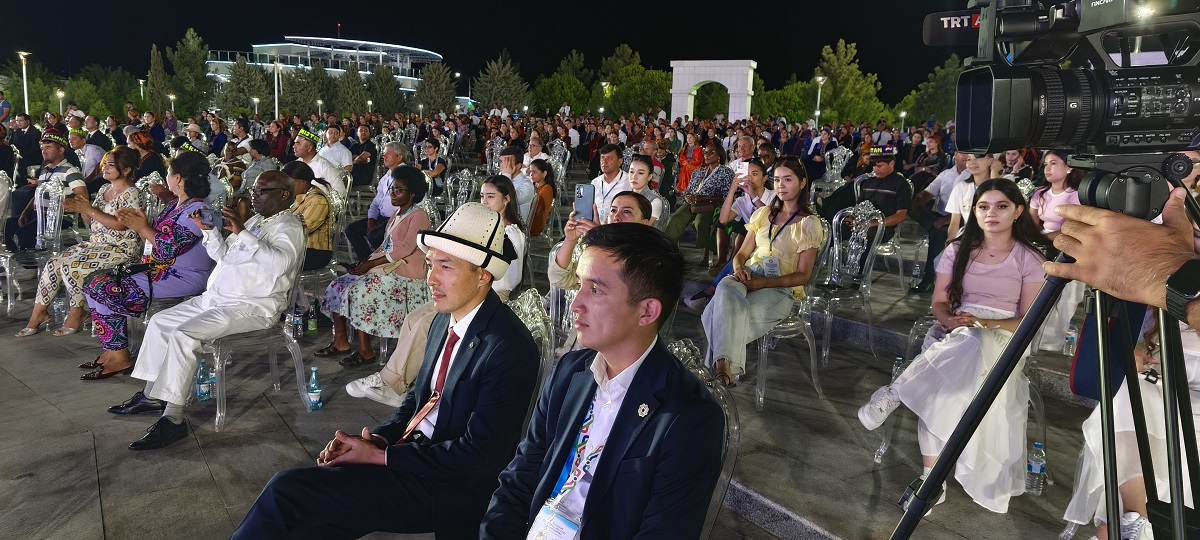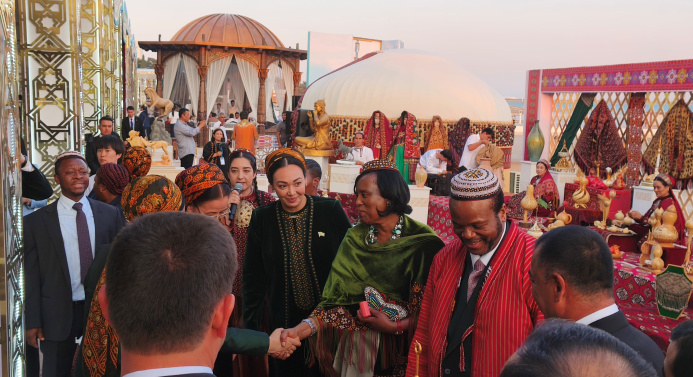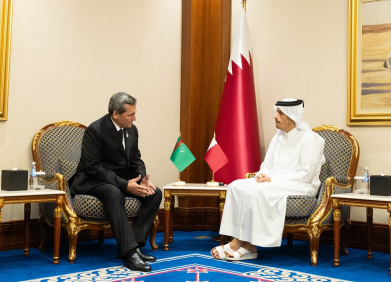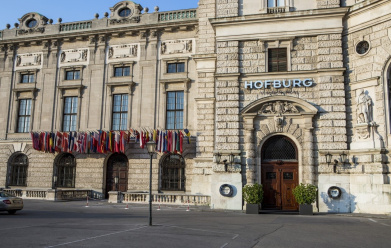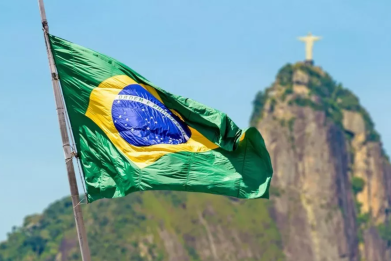A symphony of diversity and Eastern hospitality at the Avaza cultural festival
09.08.2025 | 02:32 |The Third United Nations Conference on Landlocked Developing Countries will be remembered not only for its crucial discussions and political decisions but also for the vibrant cultural marathon that unfolded on the Caspian Sea coast in Avaza. The national pavilions of Central Asian countries and Azerbaijan provided a colorful backdrop to the forum, transforming the fountains square into a true Eastern oasis of creativity, friendship, and brotherhood.
The area around Avaza’s large sea fountain blossomed during these days with vibrant exhibitions of traditional crafts, applied arts, and, of course, the aromas of national cuisines and all kinds of gifts from the land. A large concert stage was located nearby, where songs were sung and dances twirled, representing the cultural diversity of the region.
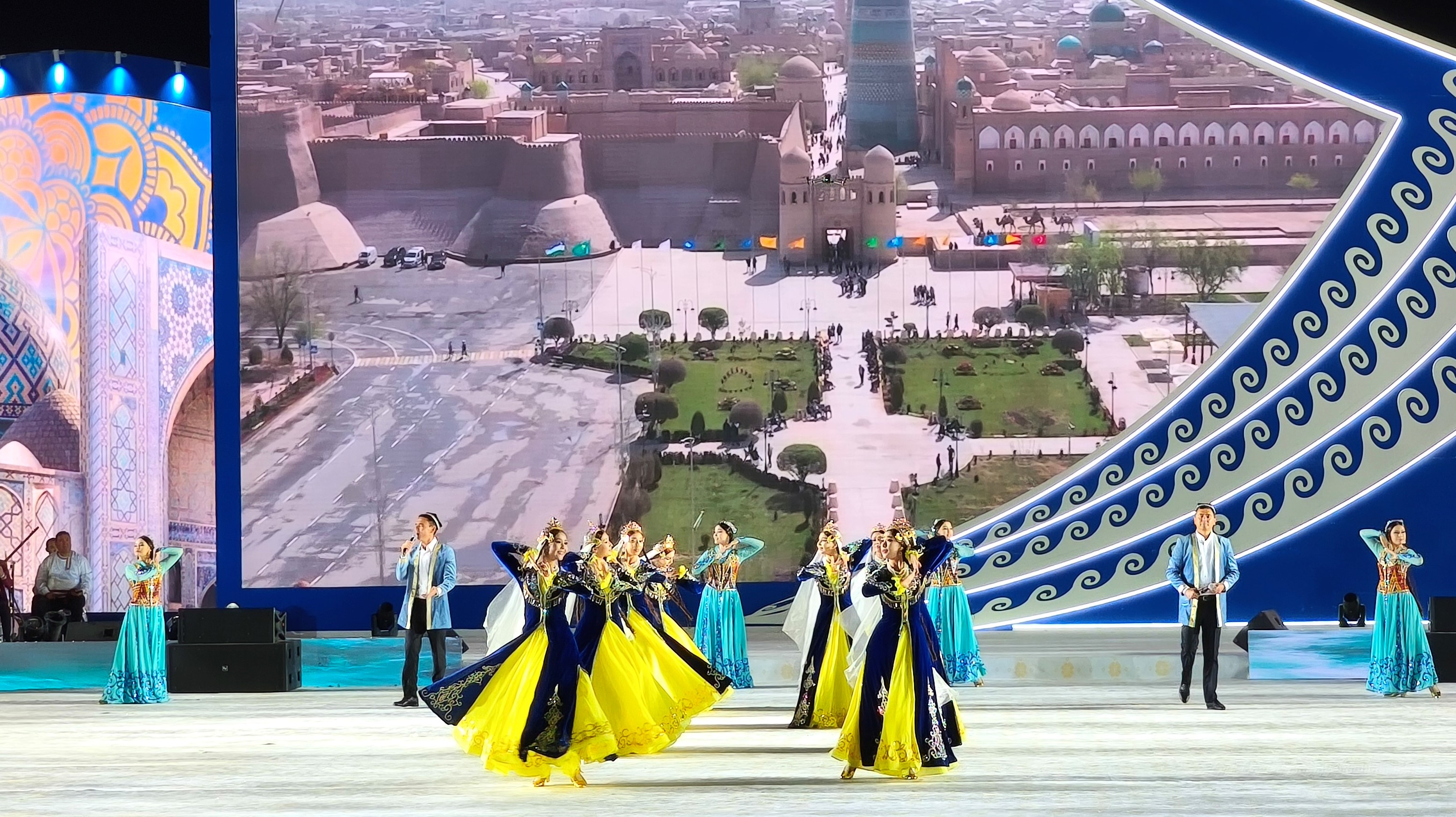
Every day, as if in a bustling and abundant Eastern bazaar, conference guests were able to immerse themselves in an atmosphere of warmth and hospitality. Colorful fabrics, intricate patterns, generous treats, and memorable souvenirs created a sense of a true celebration. This was not merely an exchange of cultural experiences but also informal communication that erased borders and fostered a better understanding of one another.

It was interesting to observe how the idea of Central Asian regional identity took on its unique features here. Looking at the exhibits from different countries, one immediately noticed how different we are from each other: a distinct stylistic approach in decor, a recognizable melody in speech and songs. These differences, as evident in the delicate work of Tajik or Uzbek carvers, Turkmen embroiderers, or Kazakh jewelers, coexist beautifully, like musical instruments in a well-coordinated orchestra.
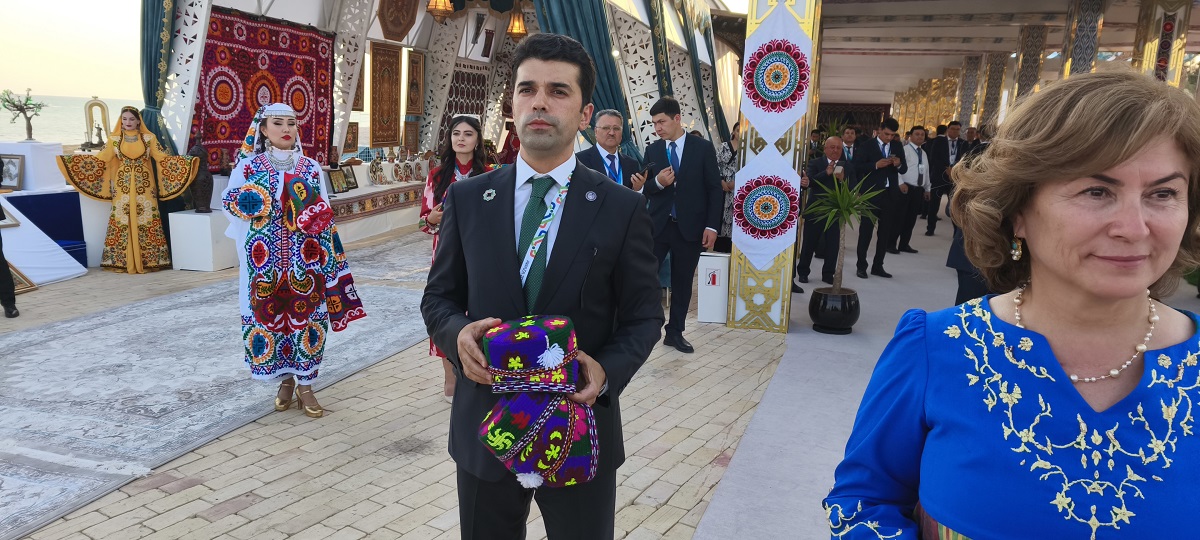
It is this palette of "differences" that constitutes our common identity. Like a harmonious choir where each voice is unique, yet together they create a unified sound. Like a melody where different notes are woven into a single musical phrase, from which not a single sound can be removed without it falling apart. This association can be confidently scaled to our entire diverse world.

Foreign guests, who arrived on the Turkmen coast of the Caspian Sea from more than a hundred countries, undoubtedly felt this unique Central Asian identity, touched its culture, and perhaps discovered something exotic. Most importantly, within the context of a UN Conference aimed at bringing countries closer through economics and and infrastructure, these cultural exchanges became another equally important bridge—a bridge connecting hearts and souls.

For example, the King of Eswatini and his wife were seen several times among the guests of the cultural program. For representatives of the African continent, the culture of Central Asia likely held particular interest. And the way they were received here—openly, in a brotherly manner, without prejudice or stereotypes—was another testament to the atmosphere of tolerance and mutual respect that reigned in Avaza. Cultural exchange is truly capable of erasing borders and bringing people closer, despite any differences in social structure or worldview.
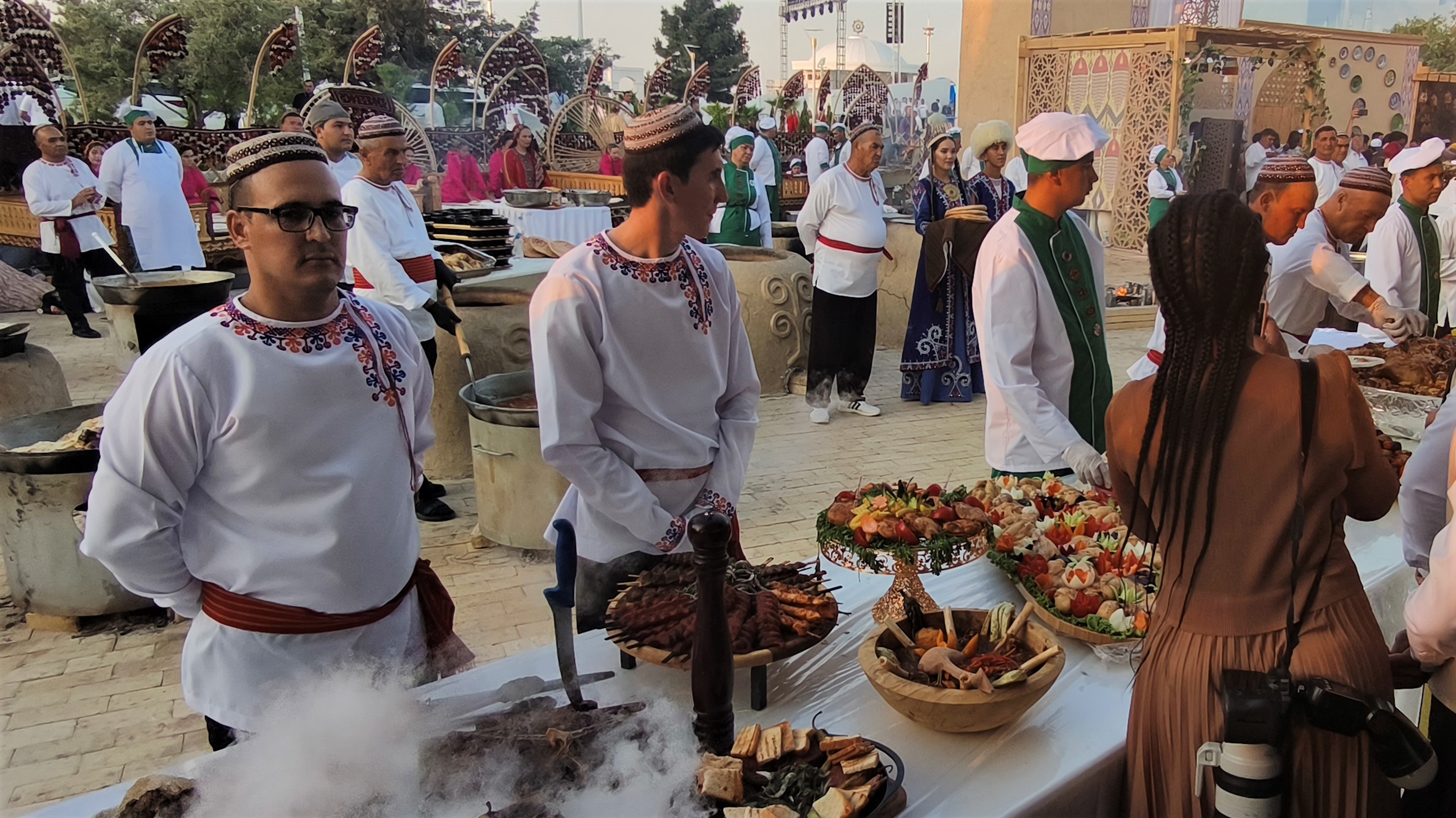
The cultural program of the Third UN Conference in Avaza was not just a beautiful addition to the business agenda but also an important testament to how art and traditions can strengthen ties between peoples, imbuing international cooperation with a spirit of friendship, mutual understanding, and genuine human warmth.
